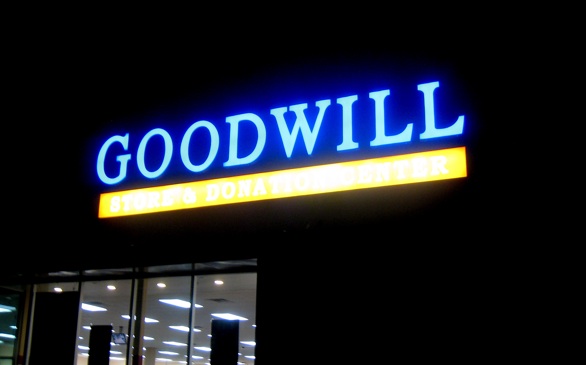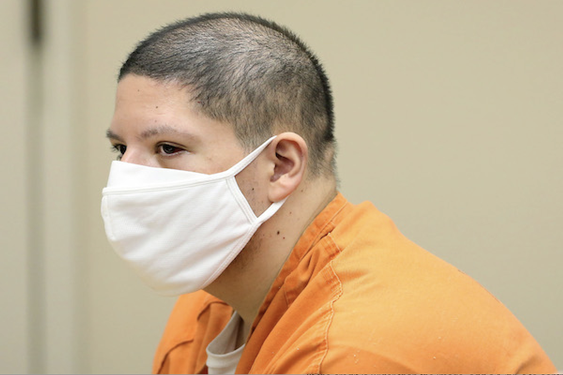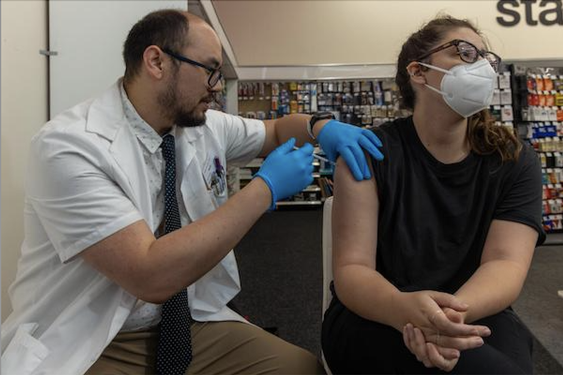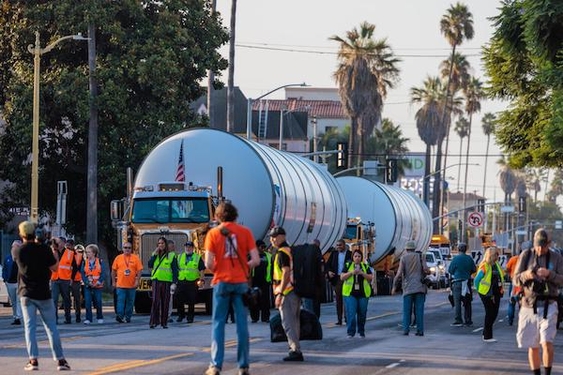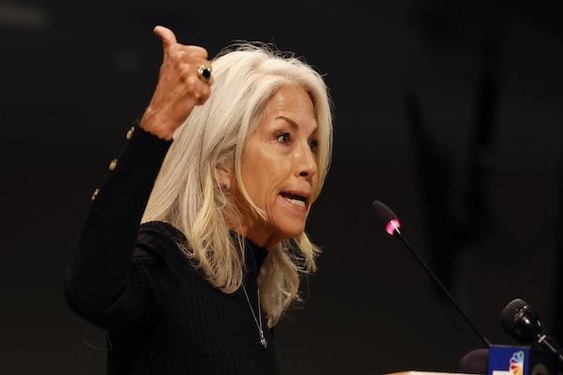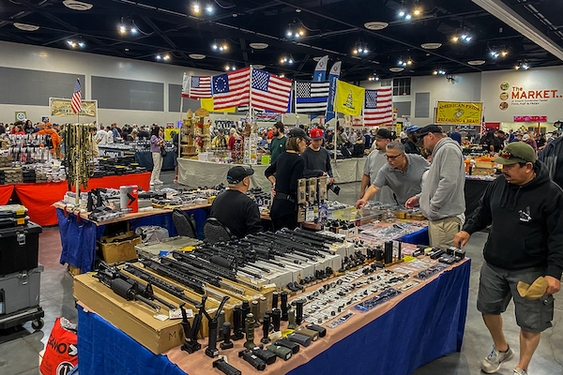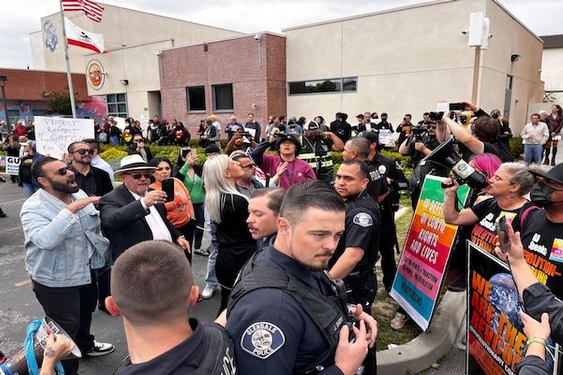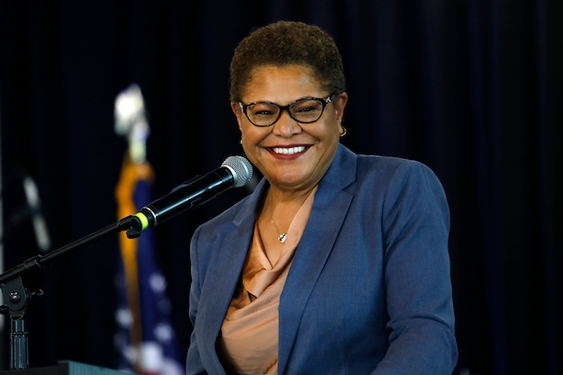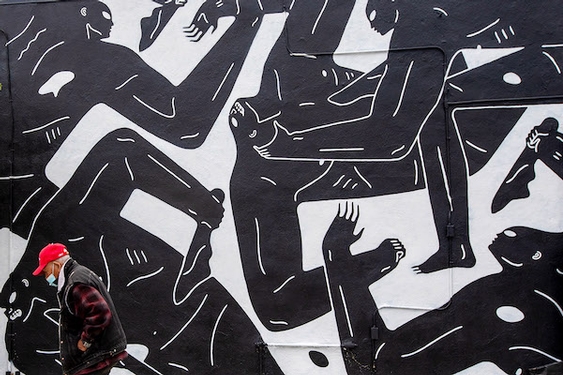Thrift stores to Los Angeles are like Reality Stars to Hollywood; they pop up announced and are always in line for a comeback. Public perception of resale stores has drastically changed recently, even more so when the recession hit in 2007.
According to America’s Research Group, about 18 percent of customers will shop at a thrift store during a given year, while 21 percent will shop at major department stores. In the country, there are more than 30,000 thrift stores, with the majority being in California, Texas and Florida.
“Thrifting” is a multi-billion dollar a year industry. The largest vintage store, Goodwill, operates more than 2,650 stores and has an online auction site, like Ebay, where stores, not individual sellers, post items to bid on like Chanel clutches and scrimshaw hunting knives. In Southern California, there are 71 independent stores.
Last year, in retail sales alone, the nonprofit brought in $2.59 billion. Goodwill invested a portion of that money back into communities they serve and helped 4.2 million people through job training. Goodwill provides training and employment placement for: seniors, the disabled, immigrants, the economically disadvantaged, people with criminal backgrounds, veterans and at-risk youths.
For young people struggling to figure out their niche in life, the nonprofit’s GoodGuides program helps them develop a career plan, pairs them with mentors and trains them in retail sales, technology, and “green” jobs in addition to helping them find internships.
Cleo Clausell, a 20-year-old from Denver, received her first job through Goodwill.
“When I graduated from high school, I was looking for a part-time position to earn money for college,” she said. “Goodwill provided classes on workplace etiquette, how to dress in the workplace, resume reviews, [and] mock interviews.”
Clausell continued, “I learned a lot from those classes and eventually got to interview for an internship with First Bank. Once I received the internship, I was set up with Stephanie, my Goodwill case manager. When it came to the end of the internship, I decided I wanted to have a permanent position. I talked to [Stephanie] about it, and she was so confident in me. It helped give me the confidence I needed. I interviewed for the permanent position and got the job, and I love it.”
When Clausell first walked into Goodwill, she had no idea that donated goods would change her life. Now in her office position at a top-ranked bank, she has the opportunity to positively impact the lives of others. And her story is one that is not different for many people who seek out help from Goodwill.
The company’s vision is to ensure that, “every person in the global community has the opportunity to achieve his/her fullest potential as an individual and to participate and contribute fully in all aspects of a productive life.”
Goodwill of Southern California doesn’t only offer employment assistance; the business actively tries to combat homelessness. They are part of a consortium to end chronic homelessness through permanent housing, mental health services, and workforce development.
According to the Institute for the Study of Homelessness and Poverty at the Weingart Center, 41 percent of homeless adults in L.A. were employed last year, and 32 percent had a bachelor’s degree or higher.
Medical bills, job loss, divorce and death are leading causes for homelessness among college graduates. Luckily, Goodwill is helping to house and train qualified homeless individuals and be a feeder institution for companies to pull applicants from.


